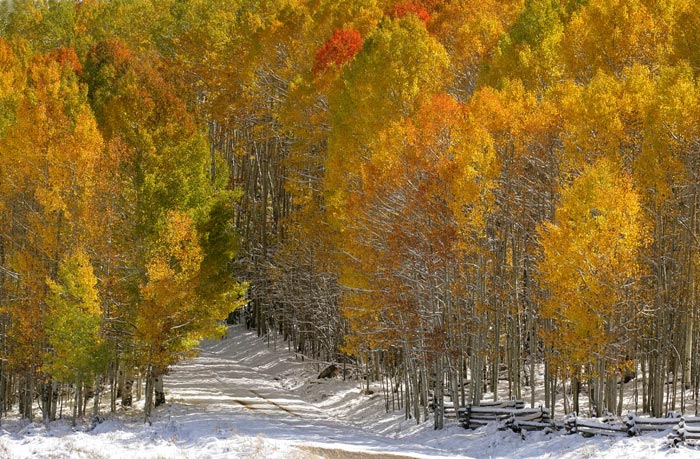
If you asked a photographer fifteen years ago if they needed the Internet it would have been a valid question to which many photographers would have answered, “Not me!” However, in today’s world, not only does the successful photographer turn to the internet, but he is exploring the many options available for internet interaction and recognition.
Before the age of digital cameras, the only technological transformation photographers had to make was with regards to their equipment. First, it was from manual to autofocus lenses. Then in the late 1990’s came the big change in camera bodies that took the photographer from film to digital. Each year following their introduction to the consumer market, digital cameras have just kept improving in quality and function, right along side of the enormous variety of computer imaging programs and Internet user possibilities.
Get Your Photos Seen on the Internet
Creating a web site containing your images, using strategies for Search Engine Optimization (SEO), and having your photos displayed on other web sites (only with your approved copyright usage release) is still very important in maintaining your standing within the Internet, but to increase your exposure even more, you may want to take a look at other Internet opportunities that are available and then learn how to size your images for these various sites.
Just as important as being in the right place at the right time is how to present your work on the Internet. You want people to easily be able to gain access to your work.
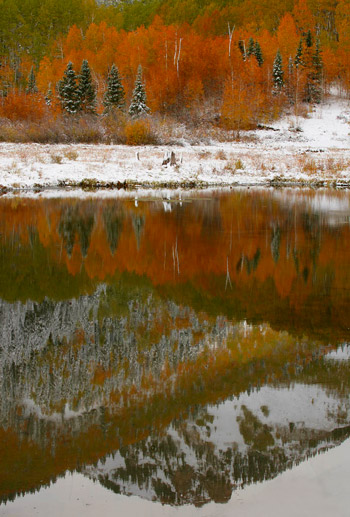
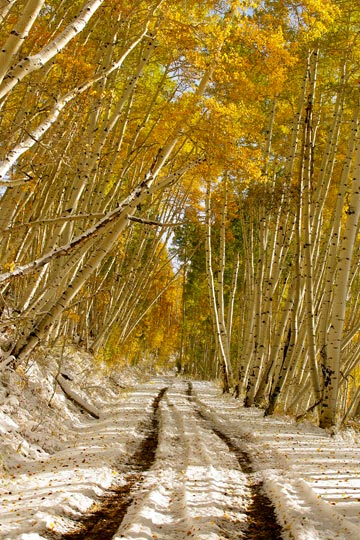
So let’s look at what the Internet has to offer for the photographer.
Photography Forums
There are a multitude of forums available. They can be generalized or they can be specific according to your needs, such photography equipment, the business of photography, or nature photo techniques. You’ll have the chance to interact with others interested in the same genre and/or be able to post your images.
There is an old saying that states, “You can lead a horse to water, but you can’t make him drink.” Just because the water is there does not mean the birds will indulge you with their bathing routine.
There are even regional, state or local web sites that offer forums that can keep you apprised of what’s happening within your area, so be sure to check them out as well. For instance, Rocky Mountain Nature Photographers forum provided me with constant information about when and where the fall colors were in peak season in and around Colorado. I kept an eye on this daily to find when the conditions were going to be right for a photo trip to Telluride. I watched for prime color and then paid close attention to the weather. The snow was moving in, so I knew it was time to head there for a special shooting opportunity. It’s not often when the beautiful autumn colors meet with a fresh layer of winter snow. By using the information provided by this particular of Social Media, a great trip was the end result.
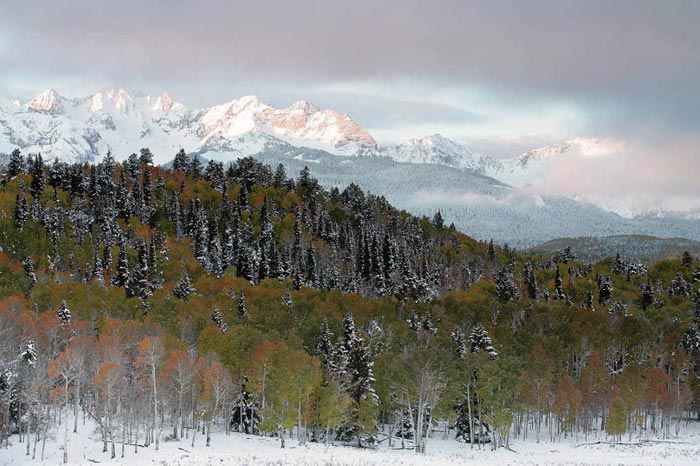
Social Media There is also a wave of activity around a variety of other Internet programs that can provide you with even more exposure of your image content and it’s gaining in importance. It’s called Social Media. It may have started out as a way to get in touch with old friends and family, but they have exploded into a whole new industry where the social part is giving way to business media.
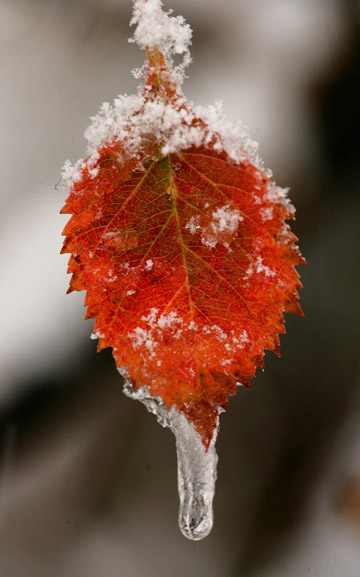
After reading about the importance of Social Media in numerous SEO and Web Marketing newsletters, I recently jumped into this arena. You’ll need to realistically figure out the best means of increasing your presence by utilizing them to your advantage and how involved in them you need to get as a photographer.
Facebook, LinkedIn, Google+, Flickr… Which way should you turn in this new world of networking?
For photographers, LinkedIn has quite a few interesting groups to join. Some of these include Stock Artists Alliance for Nature, Landscape, Travel & Wildlife Photography, Photography Business, Stock Photography, and Wildlife Photography. And there are many more out there. Once you get into several photo based groups, you’re invited to join an even larger selection of related groups. Once in them, there are also plenty of discussions going on that have useful information.
Just like LinkedIn, Facebook has a wide variety of groups you can join. I’ve chosen Photography Lovers, Wildlife Photography, Birding Friends, and Front Range Wildlife Photographers. By getting involved in the discussions on the Front Range Wildlife Photographers group, I was able to learn that moose were now residing at both Guanella Pass and Brainerd Lake in Colorado. I’m excited to see if I’ll be able to spot them and bring home some images. As a photographer, I am always interested in what is being seen and reported at various locations.
Flickr is a photo sharing site. You can share your stories, get inspired, learn from others and see what is happening around the world. After you have uploaded your photos, you can then easily share them on your other Social Media sites.
If you are a photographer who travels frequently, these sites make it easy for you to stay in touch by sharing photos and information about your location. Just upload a photo or small gallery at the end of each day.
Try to pick and choose wisely for those sites that may work best for you, because all of these avenues of communication can be time consuming. If this is part of an overall marketing strategy, know how many hours a week is dedicated to marketing and try to stick with that.
Do they work? I have had some positive feedback. I have been contacted by a company in England through a posting on a LinkedIn group. They want to use some of my stock photos for sales around the world. That’s a good start.
Note: Pay careful attention – some Social Media web sites can use your images. Read the terms and conditions of each web site and adjust your privacy and application settings accordingly.
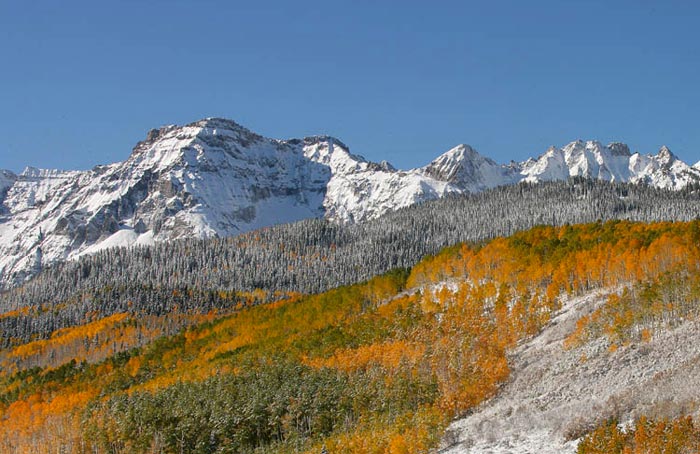
Tips on Sizing Your Photos for the Internet
Just as there can be multiple files for different size prints, there are multiple formats and sizes for use on the web. What’s the right size for the Internet? The right answer is based on who is viewing the images. The size for displaying on Facebook will be different than that for portfolio reviews by potential photo buyers.
1. The resolution of your image for just about every web application should be set at 72 ppi. The purpose is to stop unwanted print or “wallpaper” usage by the viewer. At this resolution, the print quality would be quite poor, even if someone attempts to take a 500 pixel wide image.
2. The lower resolution creates a much smaller file size. The smaller the file size the faster the images will load on an Internet page. No one wants to get to a photo page and wait for the images to load, especially if you’re dealing with photo buyers whose time is valuable.
3. Save your images for the web at no higher than 70%. This again reduces the quality of image if someone tries to utilize it.
4. If you want files set up for quick review, thumbnails with a long side dimension of 200 to 300 pixels is fine.
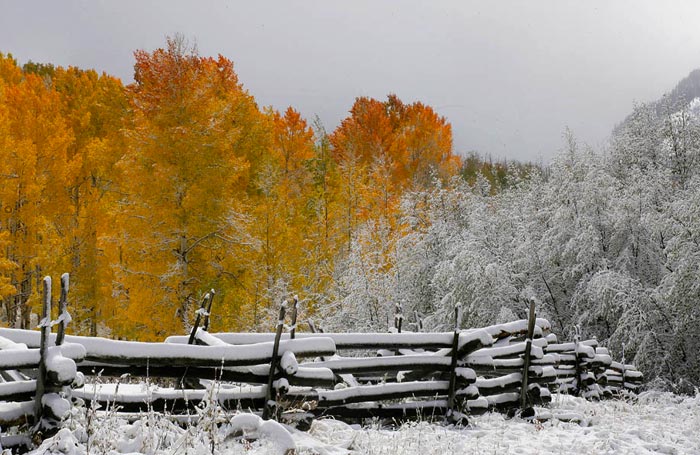
© 2011 Andy Long. All rights reserved.
Fall Meets Winter
A popular spot outside of Ridgway, Colorado has a look unlike any other year with the addition of the snow.
Canon 1DS Mark II, 70-200mm lens at 125mm, f/29, 1/50 sec., EV -1/3, ISO 100
5. If you want viewers to click on or roll over an image to see a larger picture, then set the long side of the enlarged image to between 750 and 1000 pixels. This size works great for portfolio reviews, for selling prints and for submissions to photo editors and/or researchers.
6. Larger sizes can also work well for the various Social Media sites. When people enter a gallery on your page, most programs automatically create a thumbnail page which then leads you to the enlarged images. They show up based on either the file size uploaded, by automatically reducing them to 72 ppi or by how you have set your viewing parameters in the site.
7. There are several programs available that make sizing of groups of images fairly simple beyond creating an action in Photoshop or using presets in Lightroom. Among these are Image Resizer and Smart Resizer.
The internet and the new wave of contacts that can be made through social media groups can help boost any photography business. Explore the multitude of ways for you to get higher exposure to your web site and your images. Look for the various opportunities and the variety of options that are available and see what works best for you.
by Andy Long

Leave a Reply